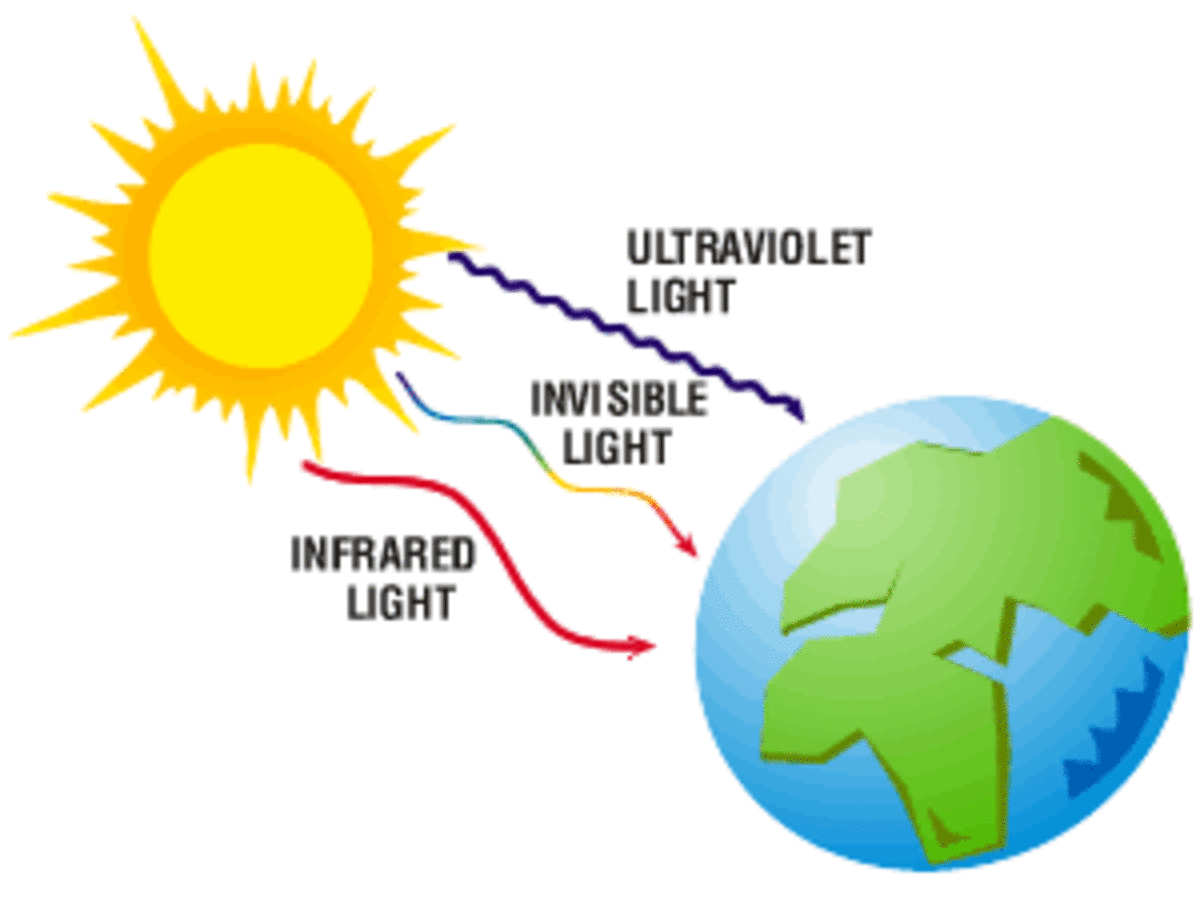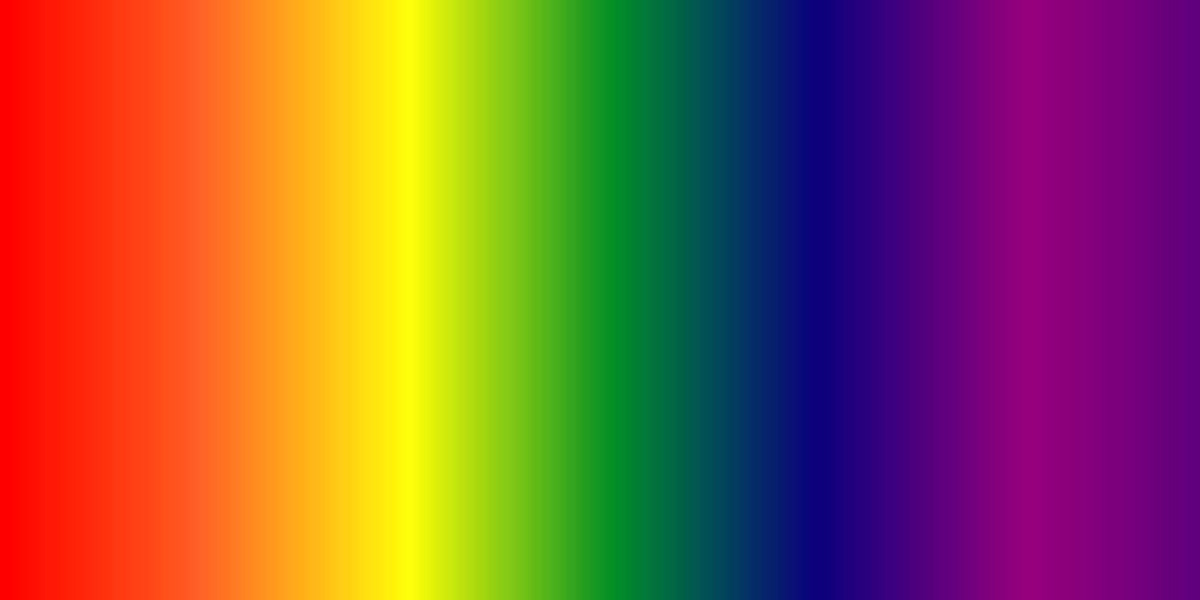What's in the Electromagnetic Spectrum?
Radio Waves: Radio waves have the longest wavelength in the electromagnetic spectrum. They vary in wavelength size and can be longer than a football field, all the way down to the size of a soccer ball (which is still relatively large). Radio waves oscillate in frequencies between a few kilohertz and a few terahertz. They are primarily created by gases in space or stars. Radio waves are primarily detected by an instrument known as radio receivers or telescopes. Radio telescopes detect natural radio emissions from large bodies such as stars, galaxies and other astronomical objects. Radio receivers pick up incoming radio waves or signals. An example of such is an antenna. Radio waves are used extensively. This presents a potential risk to human health and the environment. Long term, high exposure to such waves can lead to psychological effects that may possibly lead to diseases. Radio waves travel through the bone marrow of our body and over exposure can lead to a weakened immune system, making humans more susceptible to other diseases.
Microwaves: Microwaves refer to a type of wave in the spectrum, not the device we use to cook our food with! The wavelength of microwaves can be measured in centimetres. The longer wavelengths which are around a foot long are the ones that we use for heating our food in a microwave oven. The frequency of a microwave is between 300 megahertz and 300 gigahertz. They are produced my microwave ovens and stars. Since microwaves are capable of penetrating through rain, snow, smoke and clouds, they are useful for viewing the earth from space. Microwaves are detected by the use of radio telescopes. A new invention, known as a nanowire device suit is also capable of detecting radiation. They are commonly detected by speed cameras and radars. Microwaves do affect humans, especially their reproductive system and cardiac system. The symptoms are headaches, sleep loss, memory loss, learning disabilities and infertility. Microwaves also affect the environment and will aid the heating of the polar ice caps and be a factor of global warming.
Infrared Waves: Infrared radiation cannot be seen, but can occasionally be felt as heat. Infrared waves have a range of wavelengths spanning from 1 millimetre to 750 nanometres. Infrared radiation has a longer wavelength than the colour red, so it can be described as being slightly redder than red. The frequency of infrared radiation is between 300 gigahertz and 400 terahertz. It is produced by human skin, mobile phones and stars. Infrared radiation is used for cooking and eating, we cannot see it, but only feel it as heat. Infrared waves can be used for security lights, burglar alarms, remote controls and data link (over short distances). Infrared radiation in space can be detected using a device known as the Spitzer Telescope. Another device, commonly known as ‘Infrared Sensor Technology’ is also capable of detecting infrared radiation. High levels of exposure to infrared radiation can damage the skin and in some cases, lead to cancer. Once again, infrared radiation is capable of destroying plants and animals. It can damage the cells of plants and animals, and can prevent plants from germinating. In animals, it can cause cell tumours and damage the capillaries.
Visible Light Waves: Visible light has a wavelength of roughly 380 nanometres to 740 nanometres with a frequency of 405 Terahertz to 790 Terahertz. Our eyes are capable of only detecting a small part of the electromagnetic spectrum. This part is known as visible light and we see them as the colours of the rainbow. The sun is the primary source of visible light. Artificial sources such as tungsten lights, fluorescent lights and electronic flash lights also give of visible light. We use a ‘Light Detector’ to reveal colours humans are incapable of seeing. Receivers in our eyes are the best for seeing normal light waves. Strong visible light waves can hurt the eye and cause damage to the cataract and potentially cause blindness. However, without light plants would not grow and humans would not exist. Plants wouldn’t be able to photosynthesise and they would die. Although we rarely ever think about, life would not exist without visible light waves.
Ultraviolet Waves: Ultraviolet (UV) radiation has wavelengths between 10 and 380 nanometres. It has a frequency between 800 Terahertz and 30000 terahertz. The primary source of UV radiation is the sun, but there are also artificial sources such as tanning booths, halogen lights and lasers which can produce such radiation. A device known as an ERD is able to detect frequencies made by ultraviolet waves. UV monitors are also capable of tracking Ultraviolet waves. They can also be detected by photodiodes or photocathodes. Ultraviolet radiation has many harmful effects on humans. Prolonged exposure may result in chronic health effects on the skin, eyes, and immune system. UV radiation can lead to developing melanomas and life threatening forms of cancer. Ultraviolet radiation can cause animals to have deformities such as having an extra limb. It can sometimes cause plants to die and hinder the process of photosynthesis.
X-Rays: X-rays have wavelengths of between 10 and 0.01 nanometres. This means they have higher frequencies and more energy. The frequency is between 30 petahertz and 30 exahertz. X-rays are produced by active galactic nuclei and X-ray binaries. Supernova explosion, hot gas in galaxies, stars and even the sun are capable of producing x-ray radiation. Scientists use X-ray fluorescence (XRF) spectrometers for detecting X-rays in minerals and fluids and sediments. Proportional counters filled with neon gas are also capable of detecting x-rays. The chance of being harmed by an x-ray is extremely minimal; however, if you are overexposed to there is a slight chance of developing cancer and causing yourself genetic damage. X-rays on babies can have a slightly worse effect and may cause childhood cancers.
Gamma Rays: Gamma rays have extremely small wavelengths of less than 10 picometres, which is less than the diameter of an atom. They have high frequencies of above 10 exahertz; this means they have a lot of energy. They are created by powerful neutron stars in space, high energy star-making centres and on earth, by strong nuclear reactions. Gamma ray telescopes are used in astronomy for studying supernova explosion and other high energy events. Gamma rays are also detected by studying their effect on matter. Gamma rays are so strong that they are capable of penetrating the body easily, and this can cause damage to the bodies’ organs and tissue. They can also be detected by spectrometres or photmetres which carry out gamma ray imaging. They can modify the genetics of DNA and can cause vast amounts of damage to humans. Large amounts of gamma rays are capable of destroying forests and preventing plants from germinating.








